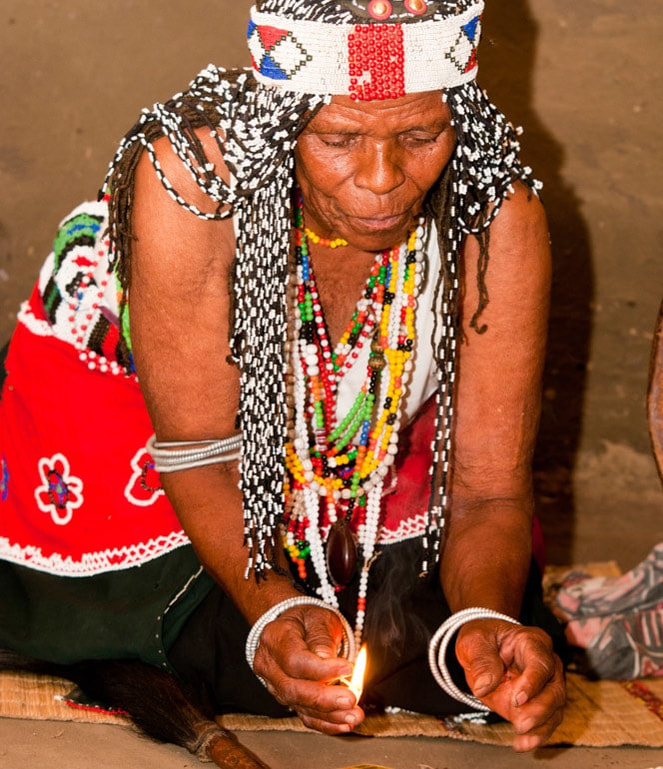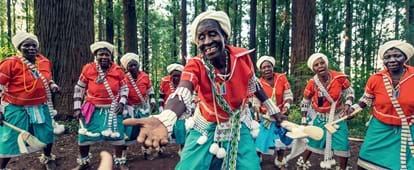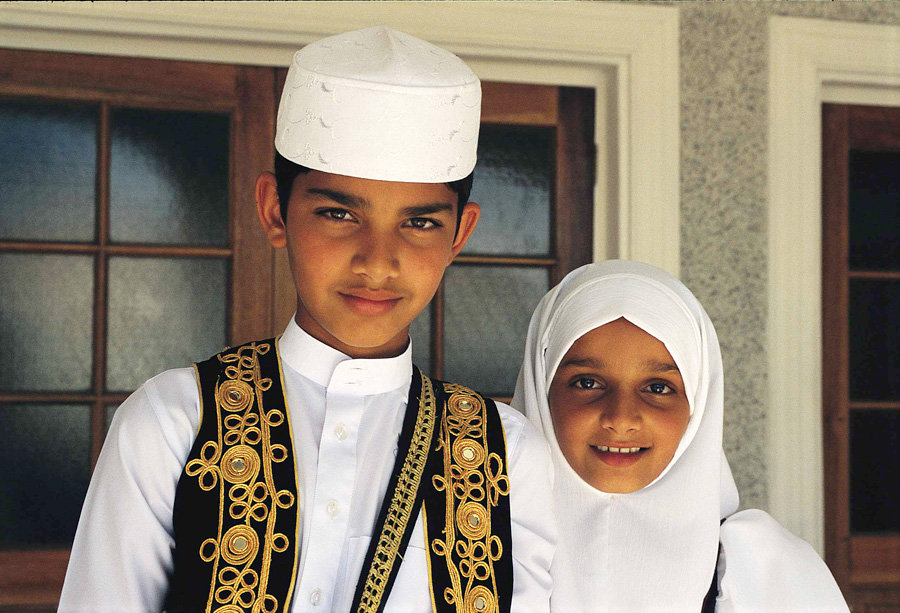About South African Culture Today
About South African Culture Today
Blog Article
Everything about South African Culture Today
Table of ContentsSouth African Culture Today Can Be Fun For AnyoneThe Greatest Guide To South African Culture TodayWhat Does South African Culture Today Do?What Does South African Culture Today Do?The Buzz on South African Culture TodayThe Best Strategy To Use For South African Culture Today
This adheres to with singing and drum pounding. The couple then meet the senior citizens and talk regarding the importance of their union. A matter of relevance in Zambian towns is the passing away of liked ones. All participants of the town put cash, effort and time together for the funeral of the deceased.During the mourning period; guys remain outside your home and the females remain inside your house of the deceased. After chatting concerning the deceased, the town strolls to the location of interment to state their last bye-byes. Songs and dancing is a very crucial facet of the Zambian society. The different tribal units have their own dance types; nonetheless, makishi is usual amongst all tribes.
3 Easy Facts About South African Culture Today Described
When it concerns songs, drums are utilized one of the most, with a range of drumming events. In Zambia, majority of individuals are Christian; Protestant and Roman Catholic. There are small groups of Muslims and Hindus, with the remainder following neighborhood native tribal beliefs.

South African heritage and society is exceptionally diverse, and contains several groups of individuals who each have their very own traditions and ideas. Having such a diversity of individuals and cultures is what makes South Africa so distinct. In real sense of the expression, we are a rainbow country.
Making it the 7th on the listing of countries with the most Portuguese people in it outside of Portugal. Portuguese is not only a society, but it is also a language and a nationality. Portuguese people originate from the nation of Portugal in Europe, nonetheless, due to Portugal (like several various other nations in Europe) discovering the world and overcoming various other countries during the 15th 20th centuries, South Africa has what we call Portuguese South African's living in it.
South African Culture Today Things To Know Before You Get This
Amongst the prominent functions of the topography is a plateau that covers practically two thirds of the center of the nation. The plateau facility increases toward the southeast, where it culminates in the Drakensberg variety, component of an escarpment that separates the plateau from the seaside locations. The Drakensburg includes Champagne Castle, the highest top in the nation.
The area north of the Witwatersrand, called the bushveld, inclines downward from east to west towards the Limpopo River, which develops the global border. The western section of the plateau, the middleveld, also comes down towards the west and varies in altitude between the highveld and bushveld. Between the Drakensburg and the eastern and southerly coast, the land descends to the sea.
Nearer the shore there is a low-lying plain called the eastern lowveld. Southwest of the plateau the country comes to be progressively a lot more dry, paving the way to the stony desert of the Great Karroo, approached the eastern by the reduced, much better sprinkled plateau of the Little Karroo. Separating the completely dry southerly interior from the sandy coastal of the southerly coastline and West Cape is an additional range, the Langeberg.
Get This Report about South African Culture Today
The country's racially, ethnically, and politically separated history has created national and subnational signs that still work as symbols of the country, and others symbols that are approved just by particular teams. The monoliths to white inhabitant conquest and political prominence, such as the Afrikaner Voortrekker ("leader") Monolith in Pretoria and the Rhodes Monolith recognizing the British colonial realm Homepage contractor and Cape prime priest Cecil Rhodes, remain sectarian signs.
The very first modern inhabitants were the San ("bushman") hunter-gatherers and the Khoi ("Hottentot") individuals, who rounded up livestock (South African culture today). The San may have existed for hundreds of years and left evidence of their existence in hundreds of ancient cave paints ("rock art"). Bantu-speaking clans that were the ancestors of the Nguni (today's amaZulu, amaXhosa, amaSwazi, and vaTsonga individuals) and Tswana-Sotho language teams (today's Batswana and Southern and Northern Basotho) migrated below east Africa as early as the fifteenth century

Both previous republics of the Orange Free State and Transvaal (South African Republic) were developed by Afrikaner inhabitants who defeated and dispossessed the Basotho and Batswana. Lesotho would certainly have been by force included into the Orange Free State without the expansion of British security in 1869. The best unification of the country arised from the South African War (18991902) between the British and both Afrikaner republics, which decreased the country to destroy at the start of the twentieth century.
Afrikaners historically considered themselves the only real South Africans and, while providing full citizenship to all citizens of European descent, refuted that status to people of color up until the autonomous transition of 1994. British South Africans maintain a feeling of cultural and social link to Great Britain without weakening their identification as South Africans.
South African Culture Today Fundamentals Explained
The variety and fragmentation within ethnic collections and the equilibrium of tensions in between those teams throughout the twentieth century prevented interethnic civil conflict. While intergroup stress over sources, privileges, and political prominence stay, those disputes are as likely to match Zulu versus Zulu as Zulu against Xhosa or African against Afrikaner.
From colonial India, British sellers and managers brought the curved metal ornamental roofs and slender lace job columns that still represent the verandas of homes in communities and cities throughout the nation. Houses of prayer add a crucial architectural facet also in the tiniest towns. In addition to the skyrocketing steeples and traditional stonework of Afrikaans Dutch Reformed churches, look at here Anglican churches, synagogues, mosques, and Hindu temples give variety to the religious building scene.

Butchering and the brewing of typical cereal beer are important in protecting the engagement and goodwill of the forefathers who are thought about the guardians of good luck, prosperity, and wellness. Indian areas maintain their native cooking practices and use them on Islamic and Hindu ritual and ritualistic events. Afrikaners and Coloured individuals collect at weekends and see this special celebrations at multifamily barbecues called braais, where neighborhood bonds are strengthened.
Since this was the key economic business of both black Africans and white colonists, dispute in between those teams fixated the property of grazing land and livestock. In 1867, the biggest diamond down payments worldwide were discovered at Kimberley in the west central area. The riches from those areas aided finance the exploitation of the biggest gold coral reef in the globe, which was discovered on the Witwatersrand in 1886.
Not known Incorrect Statements About South African Culture Today
This resulted in misunderstandings and purposeful misrepresentation in the transactions of white settlers and federal government authorities with African chiefs throughout the early american period (South African culture today). In the establishment of African gets, some elements of communal and chiefly "tribal trust" land period were protected, and even in white backwoods, kinds of common period were still exercised in locations with African areas
After the democratic transformation of 1994, programs for land restitution, redistribution, and reform were set up, yet progression has actually been slow. The white minority still manages eighty percent of the land. In the wake of farming land intrusions in Zimbabwe, the Division of Land Affairs has actually vowed to speed land redistribution.
Report this page